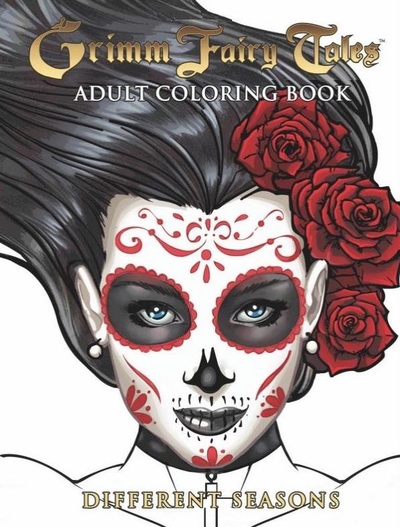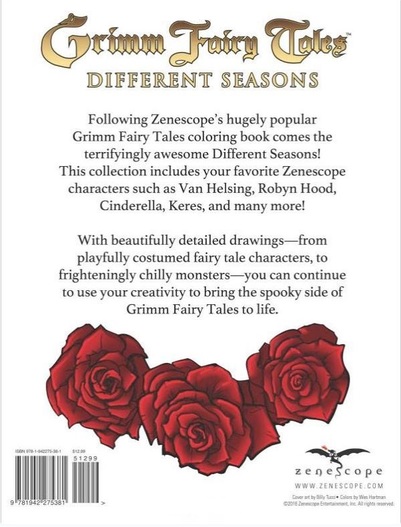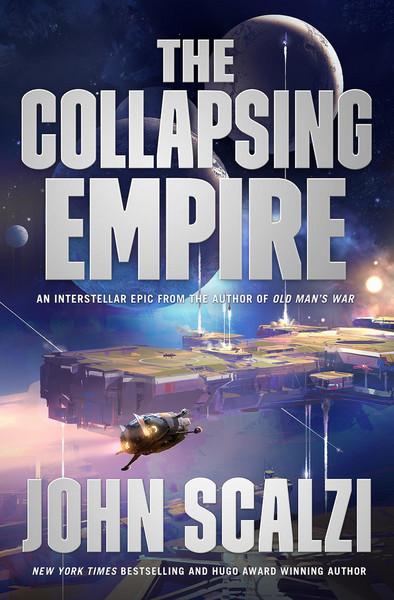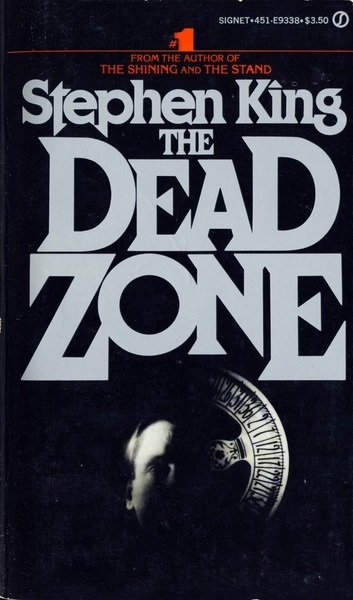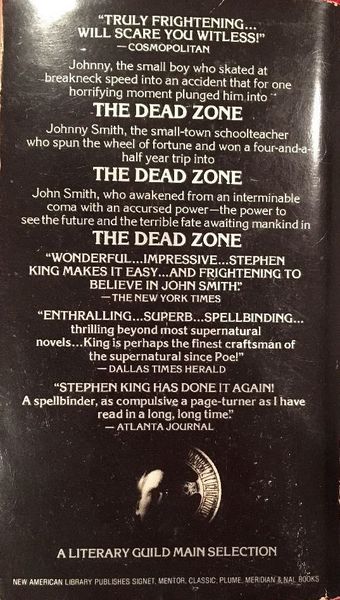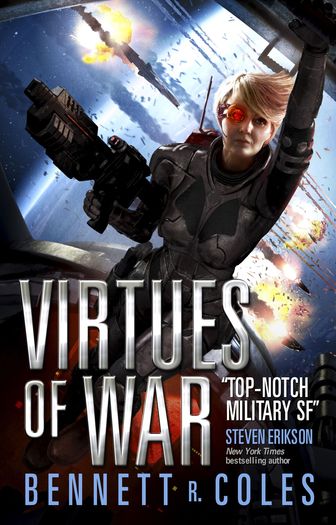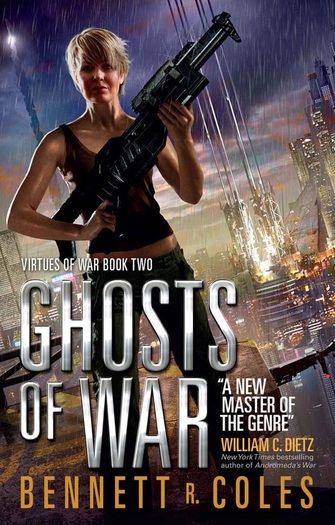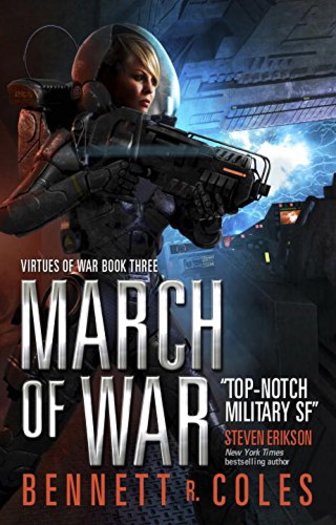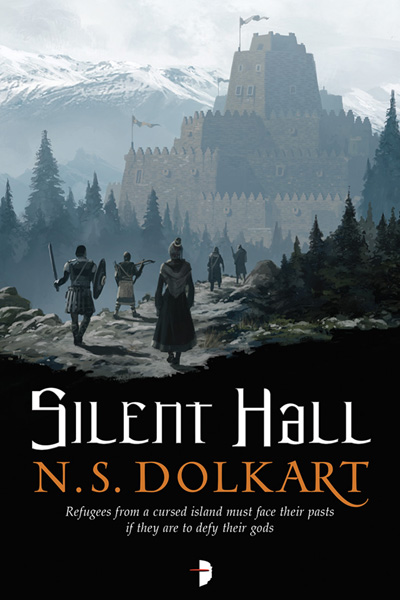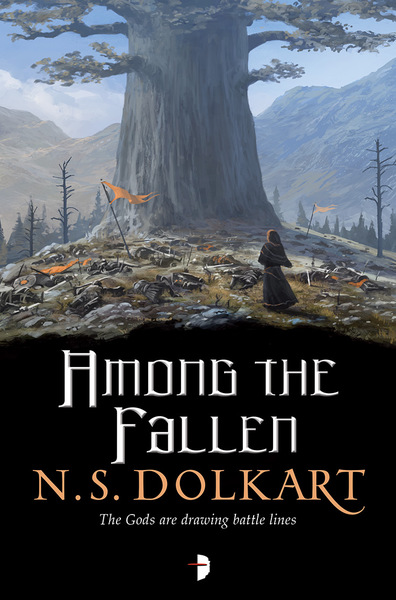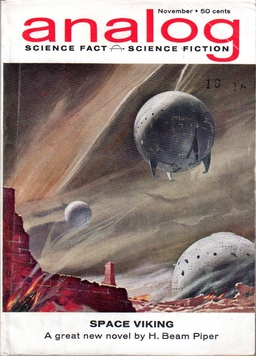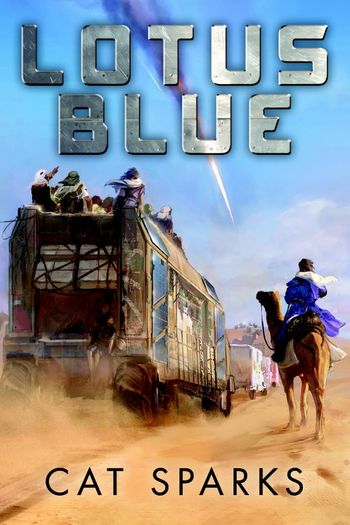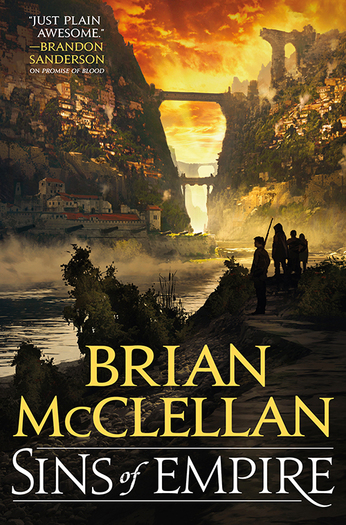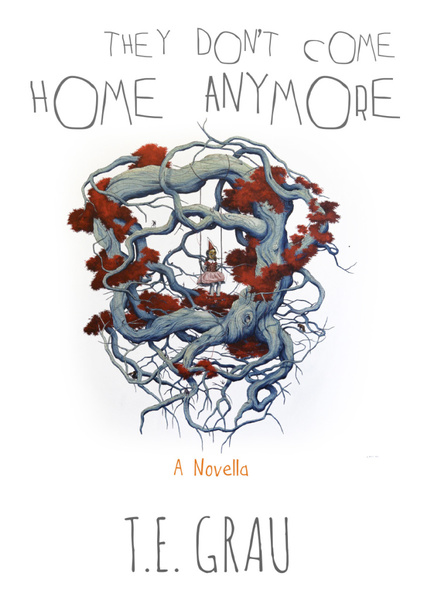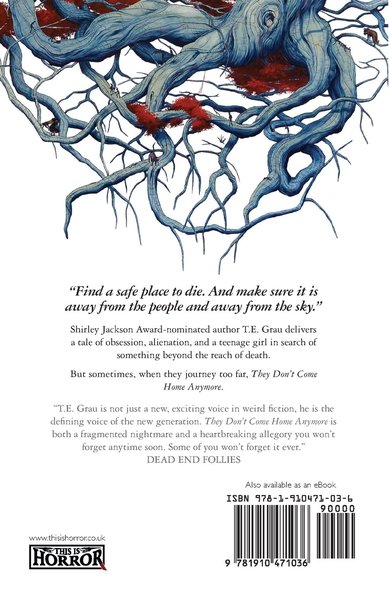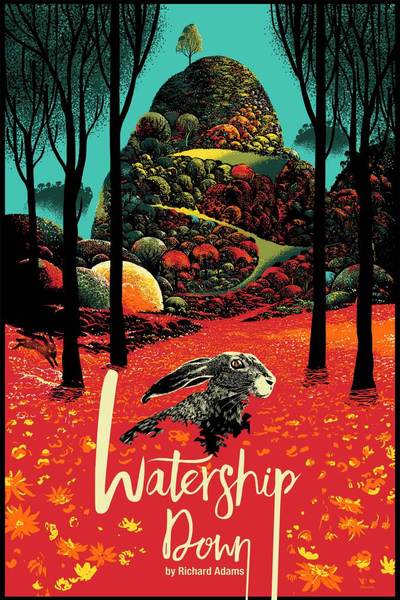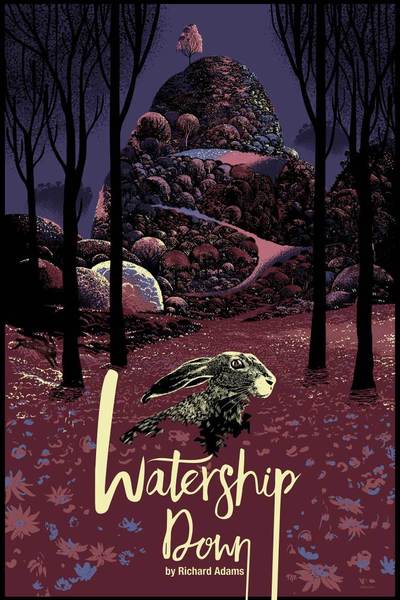New Treasures: Hekla’s Children by James Brogden
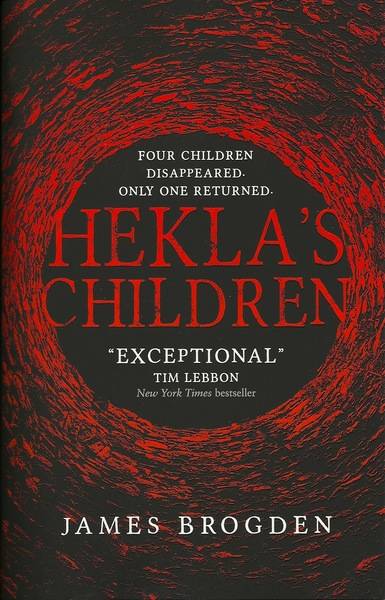 |
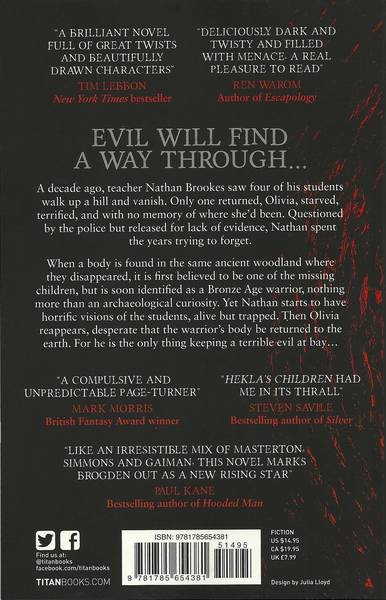 |
James Brogden is an Australian horror writer with three novels to his credit, The Narrows, Tourmaline, The Realt, plus the collection Evocations. His latest is a modern-day dark fantasy about a teacher who has four students go missing on the same day… and the horror that begins when one of them returns alone.
Tim Lebbon calls it “Brilliant… full of great twists and beautifully drawn characters,” and Kirkus Reviews says it’s “genuinely scary… a wonderfully odd mix of dark Bronze Age fantasy and modern-day thriller, and it works.” Booklist gave it high praise indeed, saying
The engrossing plot features steadily intensifying dread… a fast-paced and terrifying ride as everyone tries to solve two mysteries, one modern and one ancient… a horror novel and a standout thriller that can hold its own against the best in either genre.
Hekla’s Children was published by Titan Books on March 7, 2017. It is 400 pages, priced at $14.95 in trade paperback and $7.99 for the digital version. The cover was designed by Julia Lloyd (click the images to embiggen). Read a brief excerpt at Dread Central.
